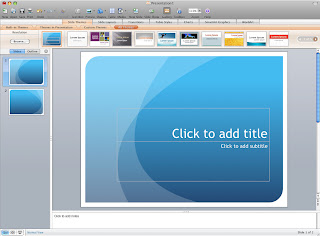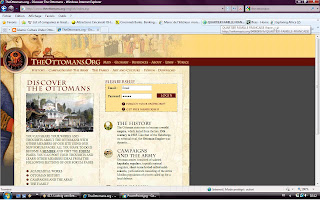
We come to the end of the semester and the SSK 1212, and it's time for an overall reflection on the course.
What are my impressions after taking SSK 1213? Well, the first thing I can say is that it is much more interesting than SSK 1211. Indeed, in this course, we learned things that we didn't already know. This course gave me the opportunity to carry out research in the library, look for information, give an oral presentation using Power Point, and finally write a paper. This is to say that this course actually made me do something myself rather than repeating theoritical strategies of how to prepare for exam (that work only if you live in the ideal world), how to manage your time, etc of SSK 1211.
One of the things I liked most is the Oral presentation. I wanted to test myself, so I did not prepare any notes to read. I tried to discuss the content of the slides based on my research and understanding, and I managed to do it.
Moreover, thanks to this course, I think that from now on, I will be able to write research papers that are properly referenced. This is particularly impotant for me as an IS student. I know from older students that most of the courses in our major will require writing papers. A week ago, I had to submit a paper for GEO 1301, and I must say that what I learned in SSK 1212 was of great help.
I have stated the things that I liked. Let's jump to what I didn't like. First, because of the course and an oversight due to an overwhelming amount of work, I had to pay a fine to the library for overdue books :)
The second thing I didn't like, and that I have perhaps mentioned in an earlier post, is the obligation to be linked with the rest of class and examine the same topic. I think that everyone would have liked to write on something he likes best, since the choice can be given in this course.
Now I am looking forward taking the last of CAD courses, SSK 1213.





